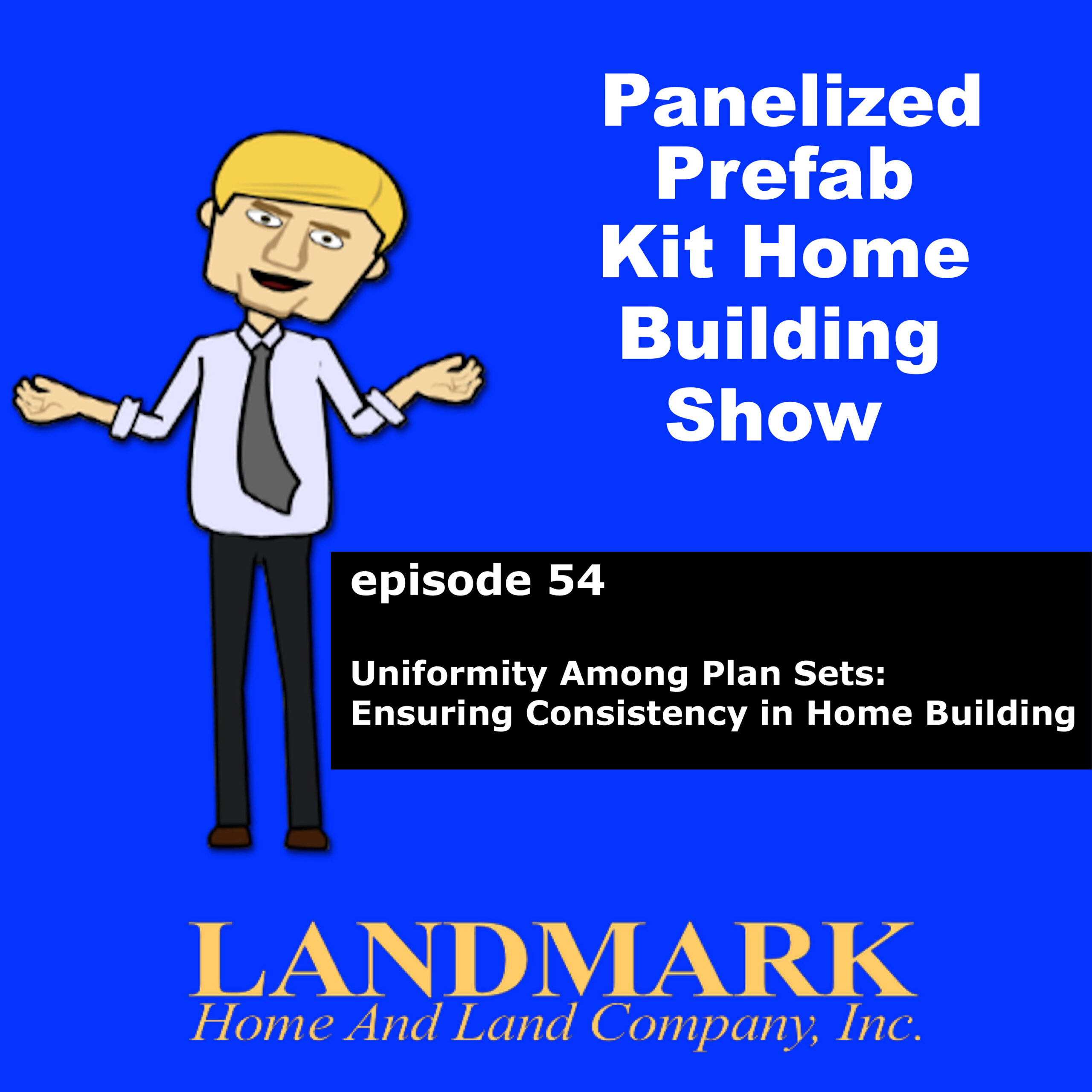Uniformity Among Plan Sets: Ensuring Consistency in Home Building

\n
\n
\n
\nShow Notes: In-depth conversation about the intricate process of designing and building custom homes that meet the unique visions and needs of clients. From architectural and structural design to energy codes and customer support, highlighting the importance of seamless coordination and attention to detail in creating panelized homes that exceed expectations. Landmark Home and Land Company’s role as a conductor in orchestrating a team of experts to deliver top-notch customer service and satisfaction shines through, emphasizing our commitment to quality, communication, and personalized solutions in the home building process.
\n
\n
\n
\nTranscript:
\n
\n
\n
\nSteve Tuma: Because our plan sets that we do at Landmark Home and Land Company are meant to be communication devices so that your contractor knows what’s going on, your financing source, your family, your building department, yourself and anyone else involved knows exactly what’s going on.
\n
\n
\n
\nInterviewer: Welcome everyone to episode 54 of the Panelized Prefab Kit Home Building Show with me as he usually is in the studio for the podcast is the president and founder of Landmark Home and Land Company, a company which has been helping people build their new homes where they want exactly as they want nationwide and around the globe since 1993. Mr. Steve Tuma, Steve, how are you, my friend?
\n
\n
\n
\nSteve Tuma: It’s another day, another podcast. Some excitement talking about making plans match up and uniform plans. Is that what we’re going to talk about?
\n
\n
\n
\nInterviewer: Today we’re going to talk about uniformity among plan sets. Some people might go, what? What are you talking about? So that’s why you’re here. That’s why we have you here.
\n
\n
\n
\nSteve Tuma: This is an interesting topic because it’s kind of, today’s a consumer today. You figure, hey, if you buy a pair of running shoes, the shoe’s designed for running. Or hey, if you buy a truck with big wheels, it’s designed to go off road or whatever it may be. If you buy a boat, it’s good for the water. So sometimes it’s kind of interesting with the plans of if people attempt to work with an architect individually, a structural engineer, a green code person, an energy code person, a civil engineer for grading and drainage plans, it’s kind of assumed that they’d talk and make sure the plans match up. But we just find that it doesn’t happen. Everyone takes care of their discipline and kind of has that, well, it’s not my job. Hey, I did what you asked me, but how do you know it matches up? That’s kind of the whole situation. I kind of equate it to saying, hey, go to a shirt store and ask a guy for a shirt. Go to the pants store, ask the salesperson for a pair of pants. Go to the shoe store and ask a guy for a pair of shoes and then put it together and hope it all works. You know, are you going to a formal dinner or are you going jogging or are you sitting at the beach? Obviously, you need something. So you want to make sure that what you’re doing works well. So that’s what we call making sure the plans are uniform so that they match up for the intended purpose and make sure that the information across the plans matches. So that’s the main reason a lot of people assume, well, I had my local designer, my local engineer do it. It doesn’t happen that way. That’s why we’re in business to do the plan set for what people want and make sure it’s unified so that it makes sense. It’s consistent. The details are equal across the plans and it’s easier to build, creating less problems on site,